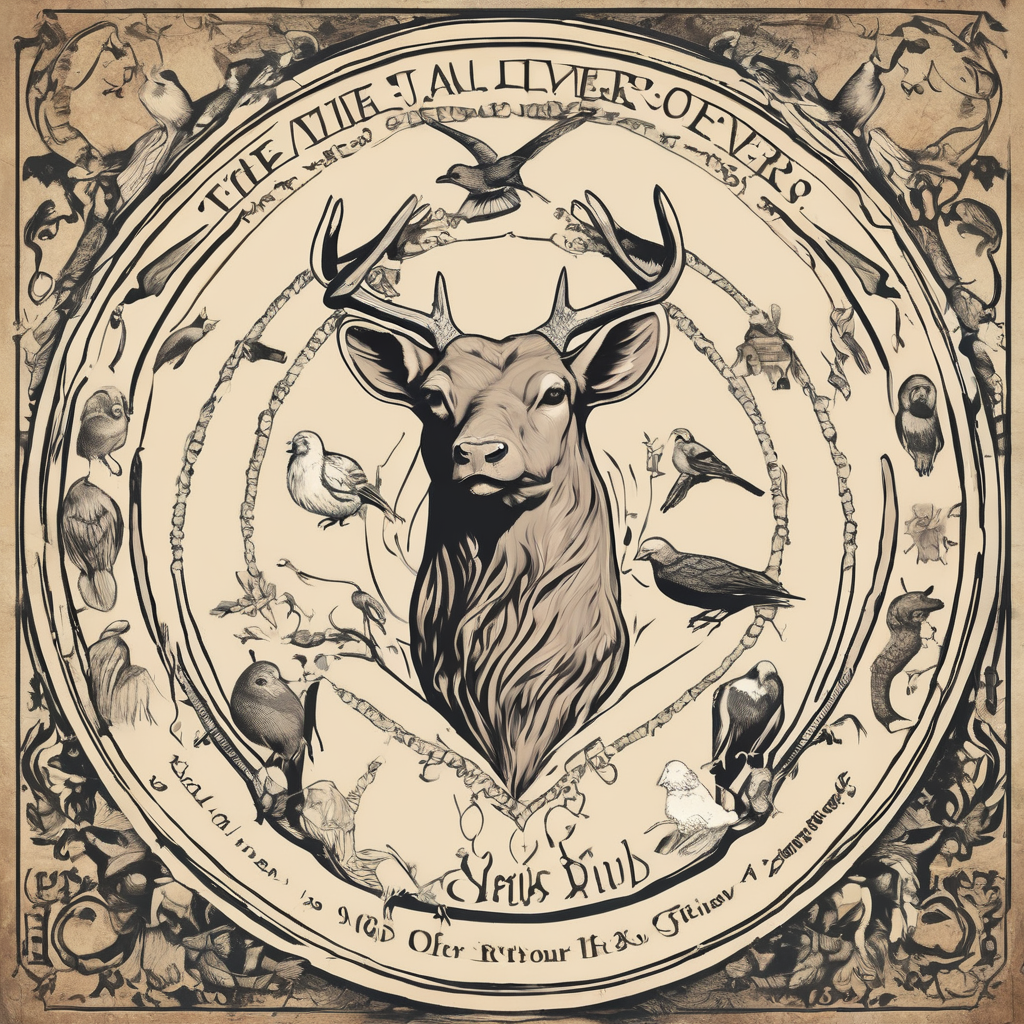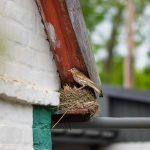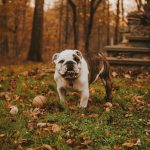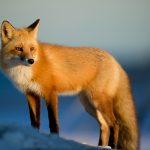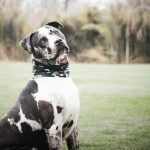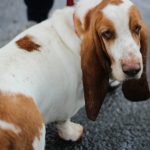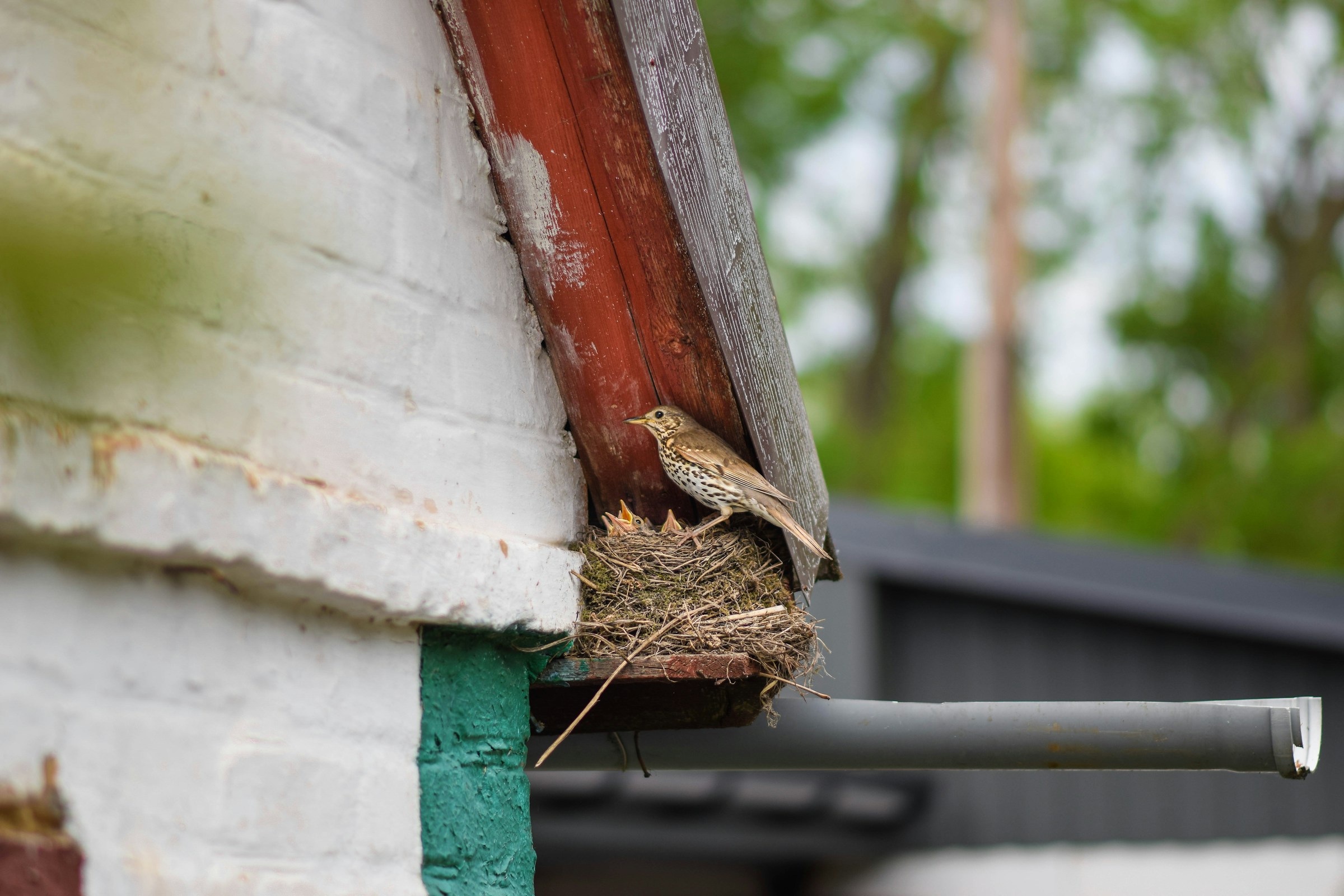As dog owners, you naturally want your pets to enjoy the great outdoors, but it’s equally important to ensure that your dogs’ activities do not disturb local wildlife. The UK countryside is home to a variety of ground-nesting birds that are often at risk of being disturbed or harmed by curious dogs. In this article, we’ll delve into the best practices for dog owners to minimise these risks and protect our delicate wildlife, particularly focusing on the protection of ground-nesting birds.
Understanding Ground-Nesting Birds
Before you can effectively protect ground-nesting birds, it’s crucial to understand them. Ground-nesting birds are species of birds that build their nests directly on the ground or in areas with very low vegetation. These birds chose such locations due to their natural instincts, yet the locations can also make them highly vulnerable.
Sujet a lire : How has the UK’s shift to organic farming affected local wildlife?
For example, birds like the Nightjar, Lapwing, or Skylark nest in fields, marshlands, heathlands, and woodland edges. Their nests, camouflaged amidst vegetation or rocks, can easily be missed by unsuspecting dog owners and their pets. Consequently, it’s essential to be aware of the nesting seasons of these birds, with the majority nesting between March and August in the UK. This awareness can influence how and where you walk your dogs during these periods.
The Impact of Dogs on Wildlife
You might never intentionally harm wildlife, but unintentional disturbances can still have serious effects. Dogs, being naturally curious animals, may inadvertently disturb nests or scare off parent birds, leaving eggs or chicks vulnerable to weather conditions or predators.
Dans le meme genre : How to recognize and report illegal wildlife trade in the UK?
In some cases, parent birds may abandon their nests if they perceive a threat, which can lead to the loss of a whole generation of chicks. Furthermore, the stress induced by repeated disturbances can affect the birds’ overall health and reproduction rates, leading to declining population numbers in certain areas. Even if your dog is well-behaved and under control, its presence alone can cause anxiety among wildlife.
Best Practices for Dog Owners
To minimise the potential impact on ground-nesting birds, there are several responsible practices dog owners can adopt. Firstly, always keep your dogs on a lead in areas known to have nesting birds, especially during the breeding season.
Secondly, stick to established footpaths when walking through the countryside. Straying off the path can lead to unintentional nest disturbances. Thirdly, teach your dogs to respond to recall commands. This training will ensure you can quickly get your dog to return to you if it strays towards a potential nesting area.
Finally, make use of designated dog-walking areas. Some nature reserves and trusts provide specific areas for dog walking that are situated away from known nesting sites. By using these areas, you reduce the risk of disturbing wildlife.
Building Trust with Wildlife Organisations
Your actions as responsible dog owners can have a significant impact on the conservation efforts of wildlife organisations. Wildlife trusts and organisations play a crucial role in preserving the habitats of ground-nesting birds, and they rely on the public’s cooperation to be successful.
You can build trust with these organisations by respecting their guidelines, such as keeping dogs on leads in certain areas and sticking to footpaths. Some trusts provide educational materials and conduct awareness programmes to help dog owners understand the importance of their role in wildlife conservation.
Remember, it’s not just about access to nature reserves and other countryside areas; it’s about preserving these spaces for future generations to enjoy. Your cooperation and understanding can contribute greatly to this effort.
Influencing Other Dog Owners
Your actions can also influence other dog owners. By demonstrating responsible behaviours, you can set a positive example for others to follow. It’s always beneficial to share information about the importance of protecting ground-nesting birds and how dogs can unintentionally disturb them.
Likewise, engaging in open conversations with other dog owners during walks can be an effective way to raise awareness and promote good practices. Additionally, social media can be a powerful tool for spreading the word and encouraging more people to take measures to protect our wildlife.
Remember, every little effort counts, and together, we can make a significant positive impact on the preservation of our delicate wildlife.
Cooperating with Wildlife Trusts
Working hand in hand with wildlife trusts plays a pivotal role in the conservation and protection of ground-nesting birds. Wildlife trusts are organizations that aim to conserve wildlife and wild places. They manage nature reserves, influence policy and legislation, and inspire people about the natural world.
As dog owners, you can cooperate with these trusts by respecting their guidelines and implementing them in your daily walks with your four-legged companions. For instance, you can keep your dog on a lead when walking in nature reserves, especially during the nesting season from March to July. This reduces the risk of your dog accidentally disturbing a nest and allows parent birds to continue caring for their eggs and chicks undisturbed.
Sticking to footpaths and established trails is another way to show respect for wildlife and the work of wildlife trusts. Straying from the path could lead to unintentional nest disturbances. Moreover, you can also help these trusts by picking up and disposing of dog waste correctly. Leaving dog poo behind not only violates the countryside code but can also pose a risk to wildlife and contaminate the environment.
Lastly, open access land should be treated with respect too. Even though you can freely roam these areas with your dog, it’s essential to uphold the same practices. Keeping your dog on a short lead and sticking to footpaths will help protect the habitats of ground-nesting birds on open access lands.
Conclusion: Every Action Counts
In conclusion, every dog owner can play a significant part in the effort to protect ground-nesting birds in the UK. By implementing the practices outlined in this article, such as adhering to the countryside code, keeping your dog on a lead during the nesting season, and sticking to established footpaths, you can help to minimise disturbances to these vulnerable bird species.
Moreover, your actions can also influence other dog owners and dog walkers. By setting a positive example and sharing your knowledge, you can inspire more people to adopt these responsible practices. Consider sharing this information on social media platforms like Facebook and Twitter to maximise its reach.
Remember, no action is too small when it comes to wildlife conservation. Even the act of picking up and disposing of dog waste can make a difference. Furthermore, by cooperating with wildlife trusts and respecting their guidelines, you contribute to their valuable conservation work and help ensure that our beautiful countryside remains a safe haven for ground-nesting birds.
Let’s all play our part in protecting our wildlife, for the sake of the birds, for the enjoyment of our pets, and for the preservation of our environment for future generations to appreciate.
